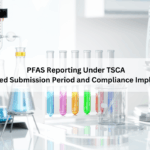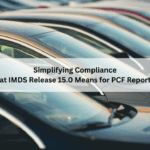SDS is known as Safety Data Sheet:
The Globally Harmonized System of Classification and Labelling of Chemicals is internationally accepted and contains a standard specification for safety data sheets and SDS follows a 16 section format.
SDS contains information such as the properties of each chemical; the physical, health and environmental hazards, safety precautions and protective measures for handling, storing, and transporting the chemical.
It guides the user for each specific chemical on things such as:
- First aid procedures
- Personal Protective Equipment (PPE)
- Spill clean-up procedures
Laboratories, facilities, research institutes or shops that use chemicals must obtain an SDS that is specific to each chemical used in the workplace.
- SDSs can be stored electronically or as paper copies.
- SDSs are prepared for each chemical having both hazardous and non-hazardous nature.
- SDSs are prepared for both substance and mixtures.
eSDS is known as Extended Safety Data Sheet:
The updated SDS after 16 section is called extended Safety Data Sheet or eSDS.
eSDS includes information on different Exposure scenarios.
An ‘Exposure Scenario’ is the set of conditions, including operational conditions and risk management measures, which describe how the substance is manufactured or used during its life-cycle and how the manufacturer or importer controls, or recommends downstream users to control, exposures of humans and the environment.
A relevant exposure scenario should be included as annex to the safety data sheet of a substance when a company in the supply chain has carried out a chemical safety assessment under REACH.
eSDS is prepared only for Hazardous substances.
eSDS is only required for substances that are sold in quantities of more than 10 tonnes per year and are classified as hazardous.
Do you want to learn more about being compliant SDS regulations? Talk to our Global Compliance Specialists today!





